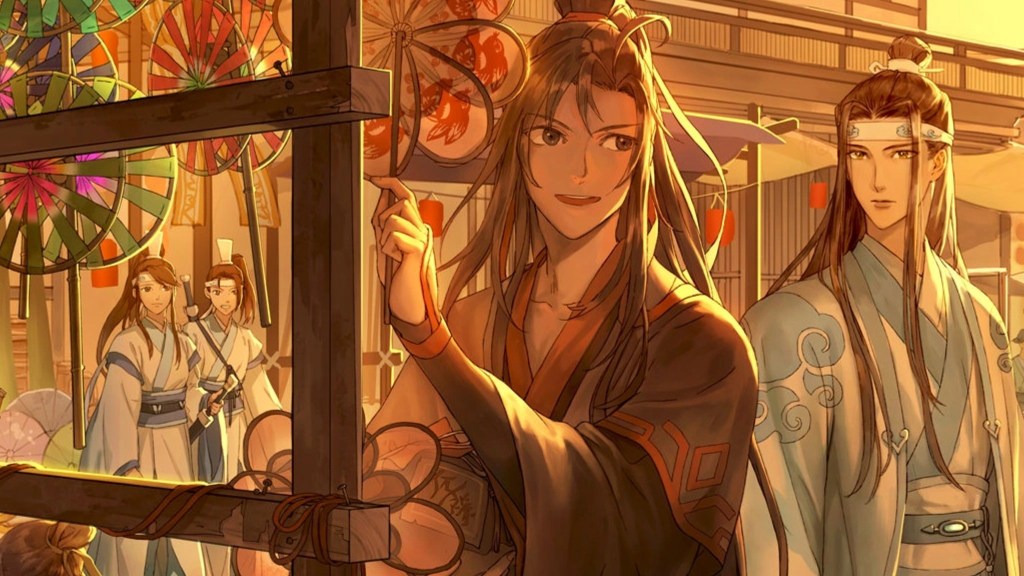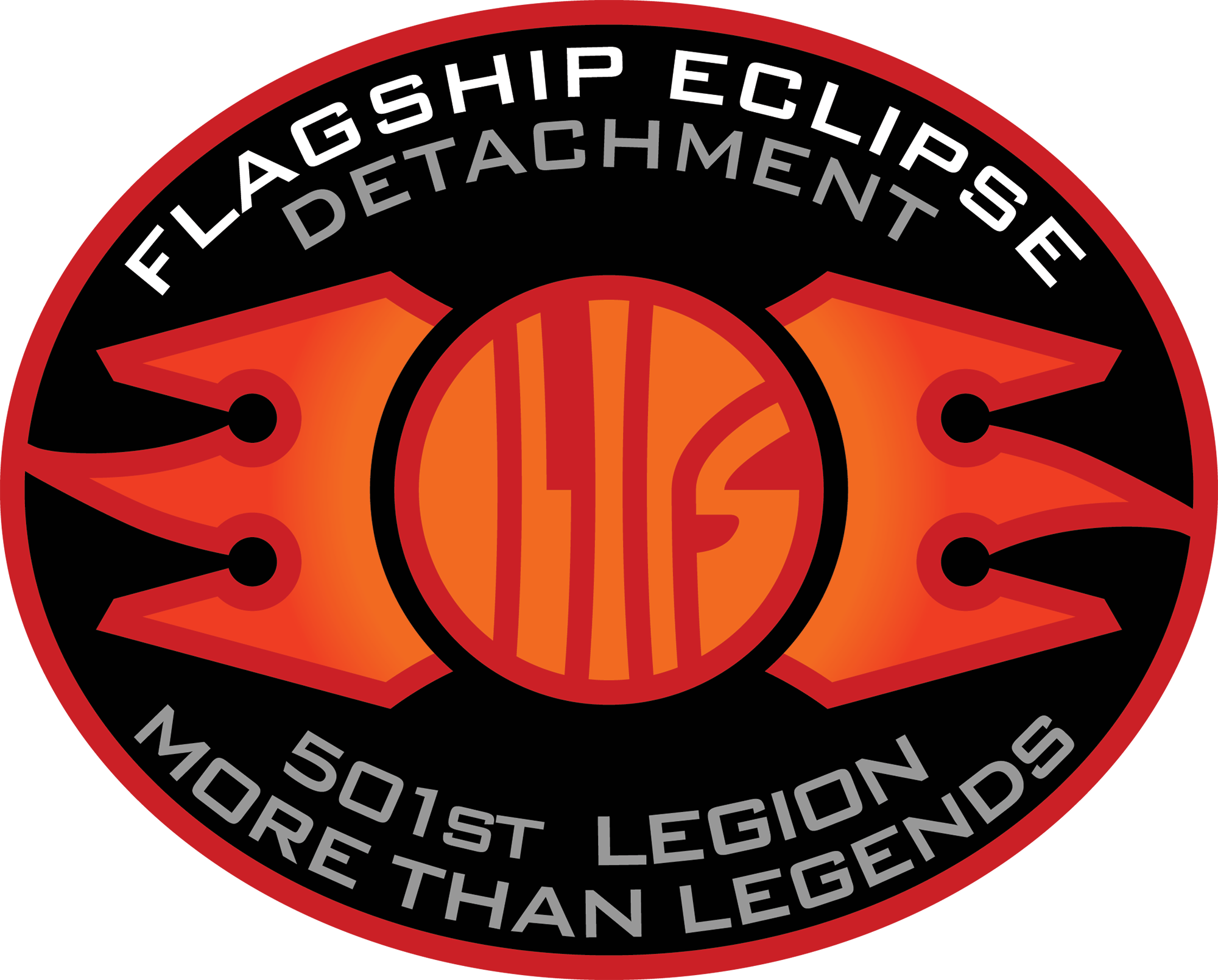
My love of anime kicked off with Pokemon in the late ’90s. I was about seven when the series became popular, and Ash’s battles put me on the train headed directly to Japanese Animation Central Station. By the time I was a teen, I had watched most of Inuyasha, Yu Yu Hakusho, Cardcaptor Sakura, Magic Knight Rayearth, and Ranma 1/2 and was deeply invested in the top picks of the time.
However, being an anime fan in the ’00s wasn’t easy. Many popular series were only airing on late-night television channels, streaming services weren’t around, and Netflix was still sending out borrowed movies by mail. If I wanted to watch something as it was new, I had to hope it would get uploaded to YouTube, and even then, the quality wasn’t usually great, and the episodes were often split into chunks due to the video restrictions of the time. Over time, I replaced watching anime with playing video games, and my era of Naruto, Bleach, and CLAMP became a distant memory.
What Even Is a Donghua?
The first time I heard about Chinese Donghua was in 2019, just before the lockdown. We were attending FanX Salt Lake, and the Artist Alley was filled with beautiful artwork of boys with long, flowing hair in stunning outfits. At this point, Mo Dao Zu Shi, or Master of Diabolism in English, had been airing for just over a year.
While I was curious about where the characters had come from, the show wasn’t easy to access in North America, and I was focused on things like being newly married and planning for a baby. I put it on the back burner, figuring I would circle back to it at some point. Naturally, 2020 happened, and any hobbies or personal indulgences were completely set aside while we managed job loss and major shifts in personal goals. The new baby definitely didn’t offer me additional free time either.
Several years later, I walked into a Barnes & Noble with a good friend of mine to find that the main shelves were covered with some of the first English translations of Mo Dao Zu Shi and other stories by the same author. They explained that the beautiful editions were Danmei, Chinese Light novels. She also mentioned they were queer. I bought three, but they ended up on my office shelf, gathering dust while I focused on other things, entirely forgotten as the years continued to roll by.
In fact, I might have missed Mo Dao Zu Shi entirely if two things hadn’t happened simultaneously. Mo Dao Zu Shi was released on Crunchyroll in December 2024, and in January, I read the book Sorcery and Small Magics, learning that it was more or less a fanfiction of Mo Dao Zu Shi. I was so frustrated with the book and the feeling that I was missing out on a much bigger story that I decided to give the potential inspirational source material a try.
I resubscribed to Crunchyroll, figuring I would try just a couple of episodes and see what it was all about. I finished all three seasons of the Donghua in less than a week.
Mo Dao Zu Shi Reminded Me Why I Love Anime
My memories of watching anime as a kid are some of my most precious. I remember the excitement I got watching each new season, how connected I felt to my friends as we chatted about our favorite characters, and how amazing it was to be a part of the anime fandom at conventions. Over the last decade, I’d accepted that those times were like an old photo album, fun to look back on but likely colored by the rose-tinted glasses of my younger self. I’ve always been a very nostalgic person.
I didn’t really think I could fall in love with any anime again in the way that I used to as a teenager. Boy, was I wrong.

Related: Gachiakuta Highlights Zanka Ahead of the New Anime’s Premiere
Right from the start of Mo Dao Zu Shi, viewers are pulled into an enigmatic mystery. Wei Wuxian, the main character, is an unreliable narrator with a background that seems sinister at best and downright evil at worst. However, as the story unfolds, you are taken on a roller coaster of plot twists and emotional flashbacks that hold your full attention captive. There is no crocheting or idly playing video games while watching this show because you might miss a crucial detail that gives information about what will come next in the story.
Then there is the absolutely beautiful love story between Wei Wuxian and Lan Wangji. In the Danmei, these two display their affection more openly. However, because these interactions can be shown on Chinese television programs, their romance is depicted through metaphor, emotional storytelling, and interactions so tender that it makes The Notebook look heartless.
As a queer person, I am always looking for stories where LGBTQA+ relationships are depicted without it being riddled with stereotypes. I was delighted to find that in queer Donghua, the characters are more than just queer. They are people. The story isn’t just about romance, but the relationships bud naturally and fit so perfectly into what is happening. I remember daydreaming about this type of love story when watching Naruto and Bleach as a kid and to see it play out and be canon as an adult was one of the most wonderful things I’ve ever experienced.
The Anime Floodgates Are Now Open
After watching Mo Dao Zu Shi, it was like a decade-old dam in my heart burst. I dug out old manga in storage, I loaded my Crunchyroll account watchlist down with old and new anime and Donghua. I went to a Naruto Symphonic Experience and found myself in a space with other people my age reconnecting with something from our childhoods.
In just a few short months, I had reconnected to something that had once shaped me as a person. I was plunged back into a community of people who, like me, love so many different iterations of anime.
I am on a mission now to try as many Donghua as possible as I rewatch old favorites. I have Heaven Official’s Blessing on my list, and can’t wait to see how Chinese Donghua continues to change and shape the current anime community. The inclusion of queer elements adds a diversity to the genre that is deeply refreshing, and offers something new for me to explore that is more in line with my current interests. I am going through the exact same joy of discovery I did as a kid but in my thirties.
One of the reasons that Mo Dao Zu Shi appealed to me beyond the romance was that so much of the combat feels inspired and driven by themes of older anime that were a part of my childhood. There is a whimsical, fantasy element that reminds me of Inuyasha. There are intense sword battles that remind me very strongly of Bleach. Especially with the demons and monsters adding that darker edge to the story.
If you are a fan of high fantasy, epic fights, crazy plot twists, and stunning character art, Mo Dao Zu Shi is worth giving a shot.
Chinese Donghua Dodges a Classic Anime Concern
I will say, the one area where Donghua has traditionally anime beat is the lack of filler. The episodes feel more mature and cinematic. There aren’t any episodes where villains stand in front of the hero monologuing about their intent (looking at you, Orochimaru). Instead, the stories are crafted in a way where viewers need to pay attention to know what is about to happen. These characters aren’t going to tell you. They won’t make it clear. As a kid, I was all about having things explained to me, but I feel like Donghua appeals to me more strongly as an adult. There is something more critical in the way things are written, and it’s fun to see how carefully all the elements of the story are woven together.
Overall, my time with Mo Dao Zu Shi has encouraged me to get back into anime, dive back into series that meant so much when I was younger, and also try new things that I didn’t have the chance to enjoy before services like Crunchyroll existed. I can’t wait to dive into Fairy Tail, try to understand the “new” Big Three, and finally dive into long-time favorites like One Piece and Dragon Ball Z.
I don’t think I ever would have come back around to the world of anime if it weren’t for Mo Dao Zu Shi, and I am so grateful that Donghua is becoming more accessible in places like the United States. I hope we continue to see Danmei adapted and added to Crunchyroll, so Western Audiences can access the amazing stories and support authors and animators they way we had the chance to back when Japanese Anime was first becoming popular here in the ’90s and ’00s. It’s wonderful to be a part of the scene, and I am so glad I am back.
The post How This Fantasy Donghua Got Me Back Into Anime After a Decade appeared first on ComicBook.com.

 完結編 Blu-ray Disc BOX発売
完結編 Blu-ray Disc BOX発売